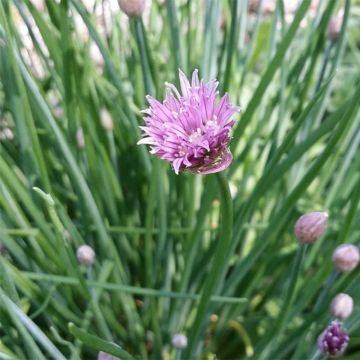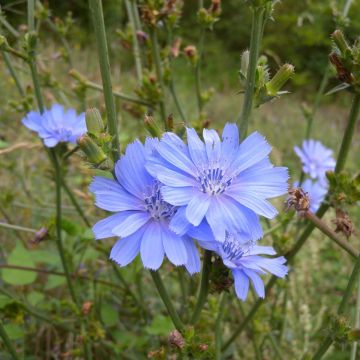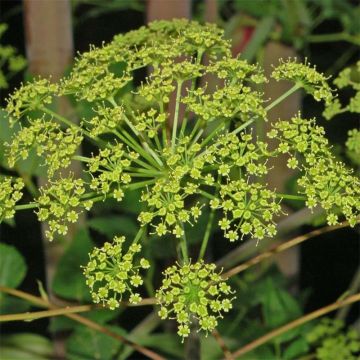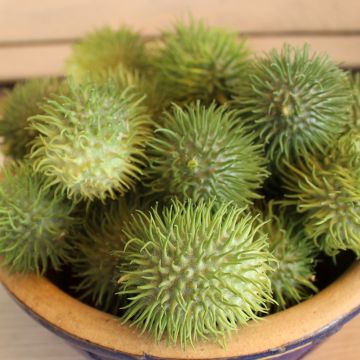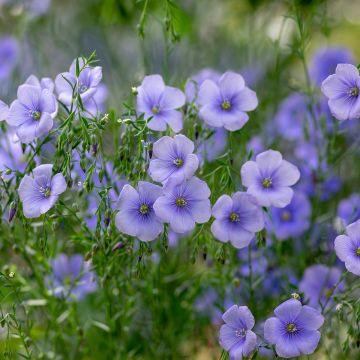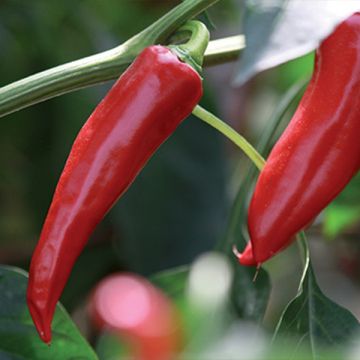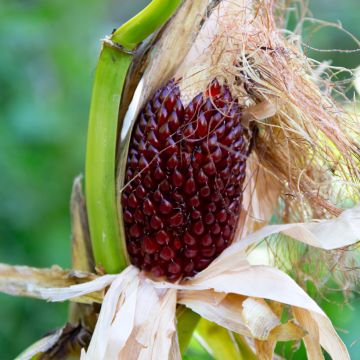

Chenopodium bonus-henricus
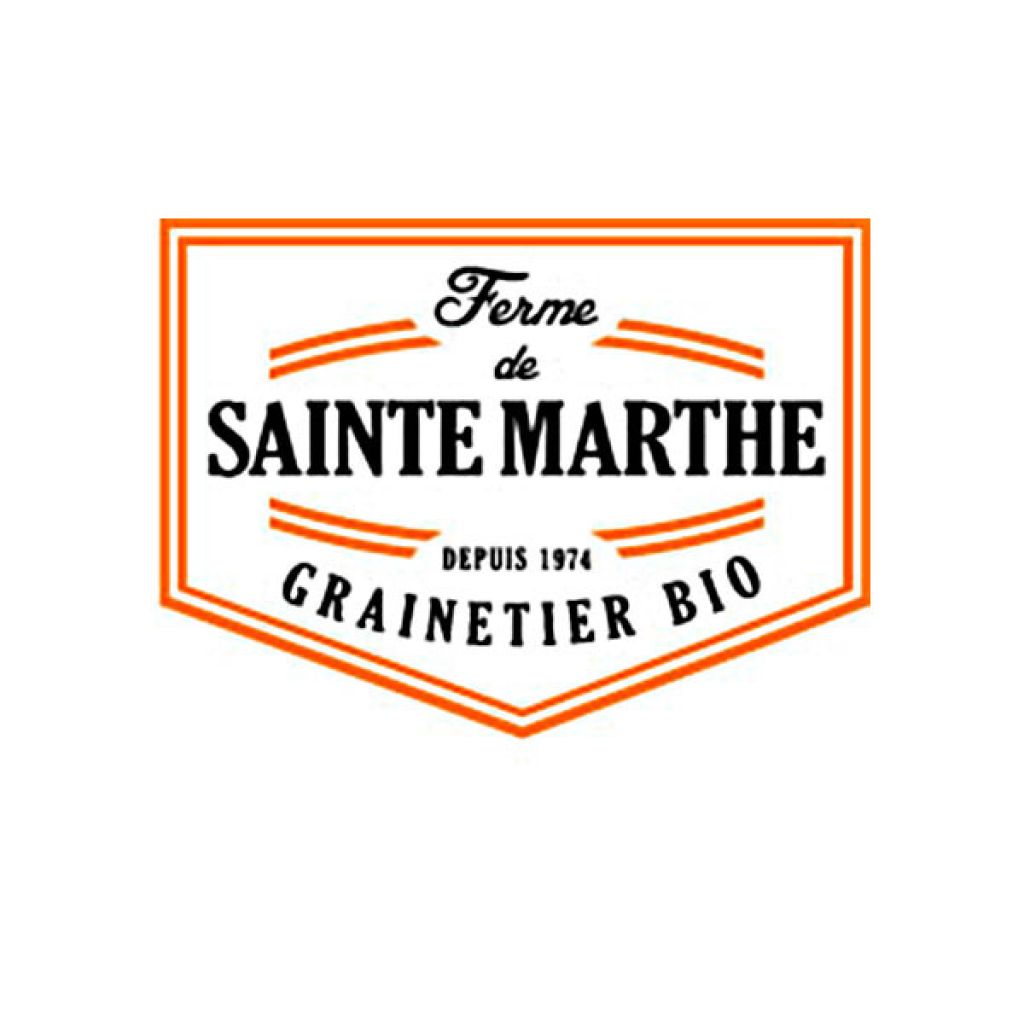

Chenopodium bonus-henricus
Chenopodium bonus-henricus
Chenopodium bonus-henricus
Good King Henry, Perennial Goosefoot, Lincolnshire Asparagus, Mercury, Wild Mercury
This item cannot be shipped to the selected country
Dispatch by letter from €3.90
Delivery to Corse prohibited
More information
Schedule delivery date,
and select date in basket
This plant carries a 6 months recovery warranty
More information
We guarantee the quality of our plants for a full growing cycle, and will replace at our expense any plant that fails to recover under normal climatic and planting conditions.
Seed-only orders are dispatched by sealed envelope. The delivery charge for seed-only orders is €3.90.
Delivery to Corse prohibited: UE law prohibits the import of this plant from mainland France to Corse as part of the fight against Xylella fastidiosa. Please accept our sincere apologies.
More information

Description
Good King Henry is a perennial herbaceous plant that grows to 30 to 70 cm (12 to 28in). It is cultivated for its leaves, which can be eaten raw in salads or cooked like spinach. The stem of the flower spike can also be prepared and eaten like asparagus. The sowing period extends from March to April for a harvest starting in mid-May. It is also possible to sow in October for a harvest starting in April.
This European plant was already harvested in medieval times as a medicinal plant. The name 'Good King Henry' comes from the Central European pagan fairy 'Guter Heinrich', not from the King of England.
The leaves of Good King Henry are eaten raw in salads when they are young in spring, and cooked like spinach in autumn. In summer, the leaves become too tough to be consumed, but the young flower spike can be enjoyed in the same way as asparagus. Good King Henry is rich in calcium, iron, and phosphorus, and has medicinal properties.
Good King Henry requires a deep and moist soil, with the addition of compost (3kg/m²) once a year at the end of winter.
Harvest: The leaves and flower spikes are harvested as needed.
Storage: The leaves do not keep well and should be consumed quickly.
Gardener's tip: From late June to late July, cut the flower spikes to stimulate leaf production.
Report an error about the product description
Harvest
Plant habit
Foliage
Botanical data
Chenopodium
bonus-henricus
Chenopodiaceae
Good King Henry, Perennial Goosefoot, Lincolnshire Asparagus, Mercury, Wild Mercury
Cultivar or hybrid
Perennial
Other Vegetable seeds from A to Z
Planting and care
Sowing
In autumn, preferably in October, or in spring in March and April, dig deep furrows of 2 cm (1in) spaced 40 to 50 cm (16 to 20in) apart on the edge of the vegetable garden, in an area where Chenopodium can stay for 4 to 5 years. Place the seeds at the bottom of the furrow, cover with fine soil and firm it down with the back of a rake, then water.
The germination takes place in 12 to 15 days. The temperature should be above 15°C (59°F). One month after sowing, when the plants have 4 to 5 leaves, thin out the plants, keeping one chenopod every 35 cm (14in).
Maintenance
Chenopodium is sensitive to drought, which encourages early flowering at the expense of leaf production. From May, spread a layer of dead leaves to keep the soil moist. Water abundantly at the base throughout the summer.
Seedlings
Care
Intended location
-
, onOrder confirmed
Reply from on Promesse de fleurs
Vegetable seeds
Haven't found what you were looking for?
Hardiness is the lowest winter temperature a plant can endure without suffering serious damage or even dying. However, hardiness is affected by location (a sheltered area, such as a patio), protection (winter cover) and soil type (hardiness is improved by well-drained soil).

Photo Sharing Terms & Conditions
In order to encourage gardeners to interact and share their experiences, Promesse de fleurs offers various media enabling content to be uploaded onto its Site - in particular via the ‘Photo sharing’ module.
The User agrees to refrain from:
- Posting any content that is illegal, prejudicial, insulting, racist, inciteful to hatred, revisionist, contrary to public decency, that infringes on privacy or on the privacy rights of third parties, in particular the publicity rights of persons and goods, intellectual property rights, or the right to privacy.
- Submitting content on behalf of a third party;
- Impersonate the identity of a third party and/or publish any personal information about a third party;
In general, the User undertakes to refrain from any unethical behaviour.
All Content (in particular text, comments, files, images, photos, videos, creative works, etc.), which may be subject to property or intellectual property rights, image or other private rights, shall remain the property of the User, subject to the limited rights granted by the terms of the licence granted by Promesse de fleurs as stated below. Users are at liberty to publish or not to publish such Content on the Site, notably via the ‘Photo Sharing’ facility, and accept that this Content shall be made public and freely accessible, notably on the Internet.
Users further acknowledge, undertake to have ,and guarantee that they hold all necessary rights and permissions to publish such material on the Site, in particular with regard to the legislation in force pertaining to any privacy, property, intellectual property, image, or contractual rights, or rights of any other nature. By publishing such Content on the Site, Users acknowledge accepting full liability as publishers of the Content within the meaning of the law, and grant Promesse de fleurs, free of charge, an inclusive, worldwide licence for the said Content for the entire duration of its publication, including all reproduction, representation, up/downloading, displaying, performing, transmission, and storage rights.
Users also grant permission for their name to be linked to the Content and accept that this link may not always be made available.
By engaging in posting material, Users consent to their Content becoming automatically accessible on the Internet, in particular on other sites and/or blogs and/or web pages of the Promesse de fleurs site, including in particular social pages and the Promesse de fleurs catalogue.
Users may secure the removal of entrusted content free of charge by issuing a simple request via our contact form.
The flowering period indicated on our website applies to countries and regions located in USDA zone 8 (France, the United Kingdom, Ireland, the Netherlands, etc.)
It will vary according to where you live:
- In zones 9 to 10 (Italy, Spain, Greece, etc.), flowering will occur about 2 to 4 weeks earlier.
- In zones 6 to 7 (Germany, Poland, Slovenia, and lower mountainous regions), flowering will be delayed by 2 to 3 weeks.
- In zone 5 (Central Europe, Scandinavia), blooming will be delayed by 3 to 5 weeks.
In temperate climates, pruning of spring-flowering shrubs (forsythia, spireas, etc.) should be done just after flowering.
Pruning of summer-flowering shrubs (Indian Lilac, Perovskia, etc.) can be done in winter or spring.
In cold regions as well as with frost-sensitive plants, avoid pruning too early when severe frosts may still occur.
The planting period indicated on our website applies to countries and regions located in USDA zone 8 (France, United Kingdom, Ireland, Netherlands).
It will vary according to where you live:
- In Mediterranean zones (Marseille, Madrid, Milan, etc.), autumn and winter are the best planting periods.
- In continental zones (Strasbourg, Munich, Vienna, etc.), delay planting by 2 to 3 weeks in spring and bring it forward by 2 to 4 weeks in autumn.
- In mountainous regions (the Alps, Pyrenees, Carpathians, etc.), it is best to plant in late spring (May-June) or late summer (August-September).
The harvesting period indicated on our website applies to countries and regions in USDA zone 8 (France, England, Ireland, the Netherlands).
In colder areas (Scandinavia, Poland, Austria...) fruit and vegetable harvests are likely to be delayed by 3-4 weeks.
In warmer areas (Italy, Spain, Greece, etc.), harvesting will probably take place earlier, depending on weather conditions.
The sowing periods indicated on our website apply to countries and regions within USDA Zone 8 (France, UK, Ireland, Netherlands).
In colder areas (Scandinavia, Poland, Austria...), delay any outdoor sowing by 3-4 weeks, or sow under glass.
In warmer climes (Italy, Spain, Greece, etc.), bring outdoor sowing forward by a few weeks.









































